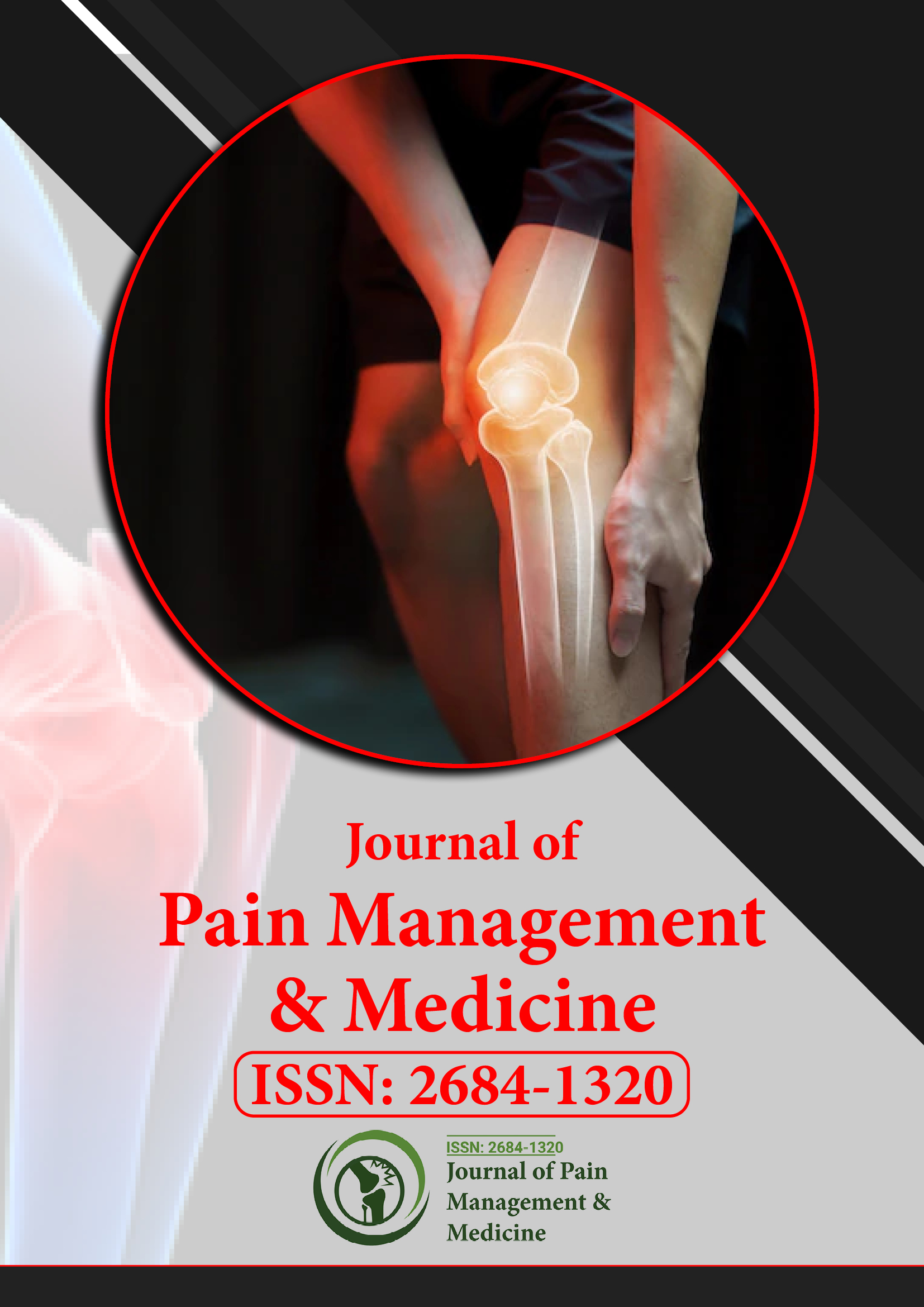зҙўеј•дәҺ
- еҸӮиҖғжҗңзҙў
- е“Ҳе§ҶиҫҫеӨ§еӯҰ
- дәҡеҲ©жЎ‘йӮЈе·һEBSCO
- жҷ®еёғйҡҶж–Ҝ
- 欧жҙІй…’еҗ§
- и°·жӯҢеӯҰжңҜ
- дјҳиҙЁејҖж”ҫиҺ·еҸ–еёӮеңә
жңүз”Ёзҡ„й“ҫжҺҘ
еҲҶдә«жӯӨйЎөйқў
жңҹеҲҠдј еҚ•

ејҖж”ҫиҺ·еҸ–жңҹеҲҠ
жҠҪиұЎзҡ„
йҖҡиҝҮ MRI/CT иһҚеҗҲжҲҗеғҸеҜ№еҸ—еҪұе“Қзҡ„и„ҠзҘһз»Ҹж №й»„йҹ§еёҰиҝӣиЎҢдёүз»ҙеҸҜи§ҶеҢ–пјҡдёүдҫӢи…°жӨҺзҘһз»Ҹж №з—…е’ҢиҝҗеҠЁйә»з—№з—…дҫӢжҠҘе‘Ҡ
йёӯе·қйЎәдәҢгҖҒеҠ и—Өдҝ®гҖҒжЈ®зңҹиҫ°еҲҷ
жң¬з ”究зҡ„зӣ®зҡ„жҳҜд»Ӣз»ҚдёҖз§ҚжҠҖжңҜпјҢдҪҝз”Ё 3D зЈҒе…ұжҢҜ (MR)/и®Ўз®—жңәж–ӯеұӮжү«жҸҸ (CT) иһҚеҗҲеӣҫеғҸиҜ„дј°й»„йҹ§еёҰ (LF) зҡ„иҷҡжӢҹи§Јеү–з»“жһ„пјҢиҜҘеӣҫеғҸжҳҫзӨәи…°зҘһз»Ҹж №з—…жҲ–иҝҗеҠЁйә»з—№жӮЈиҖ…зҡ„и…°зҘһз»Ҹж №еңЁдҫ§з®ЎеҢәжҲ–жӨҺй—ҙеӯ”еҢәеҸ—еҲ°зӘҒеҮәзҡ„жӨҺй—ҙзӣҳе’Ң LF зҡ„еҺӢиҝ«гҖӮиҝҷдәӣеӣҫеғҸжқҘиҮӘдёүеҗҚи…°зҘһз»Ҹж №з—…жӮЈиҖ…пјҲдјҙжңүжҲ–дёҚдјҙжңүдёӢиӮўиҝҗеҠЁйә»з—№пјүгҖӮеӣҫеғҸдёҠжңҖйҮҚиҰҒзҡ„зү№еҫҒжҳҜдёҺ LF зӣёе…ізҡ„зҘһз»Ҹж №еҸҳжүҒе№іпјҢеҸҜиғҪжҳҜз”ұдәҺйҖҖиЎҢжҖ§еҸҳжүҖиҮҙгҖӮжңүж—¶пјҢLF еҸҜиғҪеңЁж №йғЁеҸ—еҺӢдёӯеҸ‘жҢҘдҪңз”ЁгҖӮеңЁеӣ жӨҺй—ҙзӣҳзӘҒеҮә继еҸ‘зҡ„иҝҗеҠЁйә»з—№з—…дҫӢдёӯпјҢеҸ—еҪұе“Қзҡ„ж №йғЁеҸ—еҲ°жӣІжҠҳеҺӢзј©гҖӮж №йғЁжүҒе№ізҡ„йғЁеҲҶдјјд№Һж”№еҸҳдәҶе…¶и·Ҝеҫ„зҡ„и§’еәҰгҖӮеңЁдҫ§жӨҺз®ЎзӢӯзӘ„зҡ„з—…дҫӢдёӯпјҢеҸҜд»Ҙи§ӮеҜҹеҲ°зҘһз»Ҹж №еңЁжӨҺй—ҙзӣҳе’Ңи…°жӨҺз®Ўд№Ӣй—ҙеҸ—еҲ°жҢӨеҺӢпјҢд»ҺиҖҢеҜјиҮҙзҘһз»Ҹж №ж”¶зј©гҖӮеңЁйҖҖиЎҢжҖ§и…°жӨҺдҫ§ејҜзҡ„з—…дҫӢдёӯпјҢз”ұдәҺжӨҺдҪ“ж—ӢиҪ¬пјҢеҸҜд»ҘзңӢеҲ°ејӮеёёеӨҚжқӮзҡ„и·Ҝеҫ„пјҢиҝҷдјҡдҪҝзҘһз»Ҹж №и·Ҝеҫ„зҡ„и§’еәҰж”№еҸҳдёӨж¬ЎгҖӮ3D MR/CT иһҚеҗҲжҲҗеғҸжҠҖжңҜеўһејәдәҶеҜ№и…°жӨҺдёӯз”ұзҘһз»Ҹж №е’ҢжӨҺй—ҙеӯ”з»„жҲҗзҡ„зӣІеҢәз—…зҗҶи§Јеү–з»“жһ„зҡ„еҸҜи§ҶеҢ–гҖӮдёҙеәҠеҢ»з”ҹеҸҜд»ҘдҪҝз”Ёи…°жӨҺз®Ўе’ҢжӨҺй—ҙзӣҳзҡ„иҝҷз§Қ 3D еҸҜи§ҶеҢ–жӣҙжё…жҘҡең°иҜҶеҲ«зҘһз»Ҹж №жңҖзӘ„зҡ„йғЁеҲҶгҖӮ